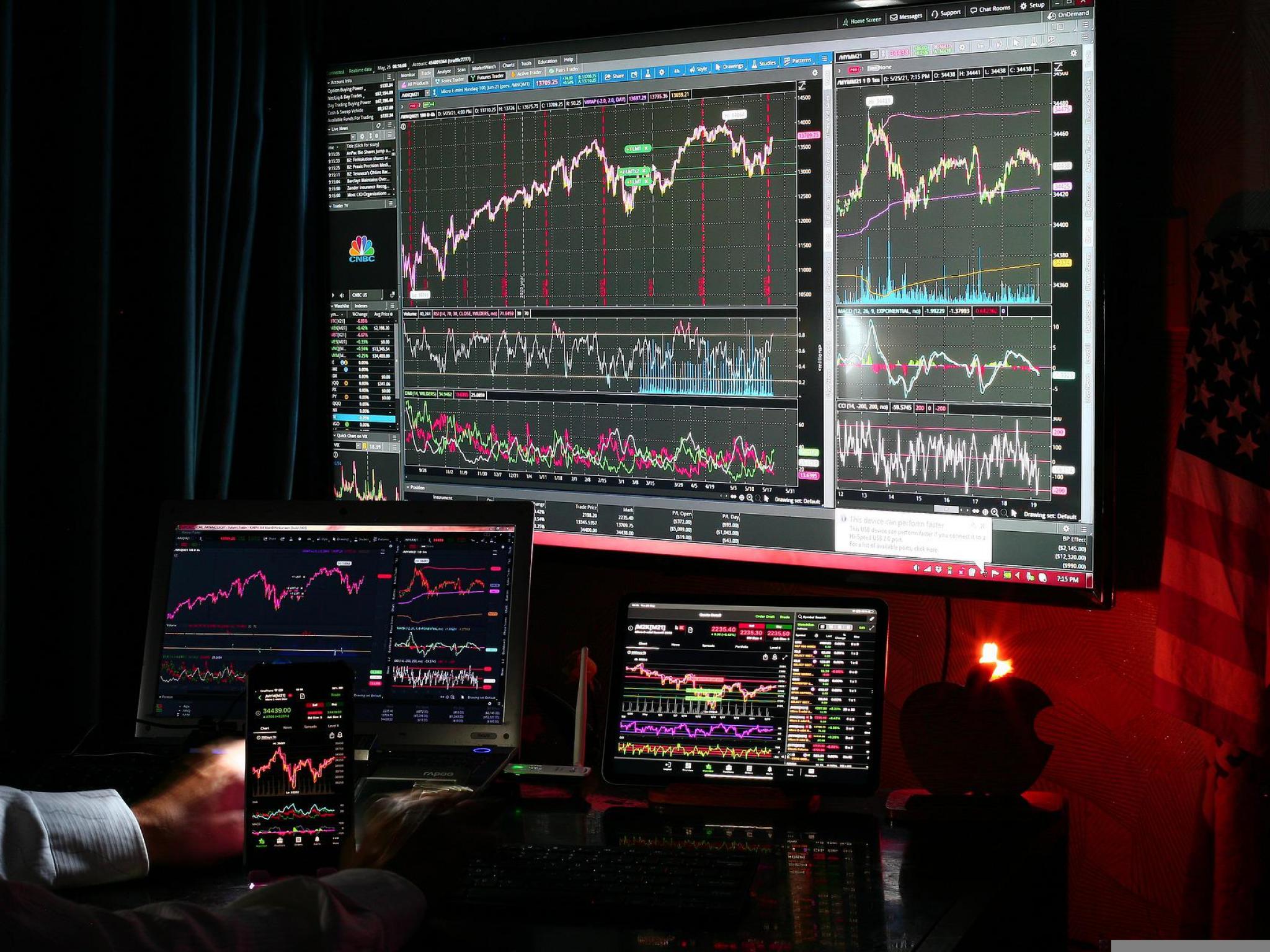
Investors have gotten a bit more bearish in recent days after the SPDR S&P 500 ETF Trust (NYSE:SPY) hit new 2022 lows last week, but the latest data on Wall Street analyst sentiment suggests the sell-side may not be quite bearish enough for the market to hit bottom.
Bank of America analyst Savita Subramanian said Monday that the bank's Sell Side Indicator (SSI) has held up relatively well during the latest round of market volatility, suggesting "no full capitulation on Wall Street yet."
See Also: S&P 500 Closes Out The Third Quarter At New Lows: Can It Bounce Back?
The SSI tracks the average recommended allocations to stocks by U.S. sell-side analysts. While the S&P 500 dropped around 9% in September, Subramanian said the SSI remained essentially flat, finishing the month at 53.6%.
How To Play It
The SSI has been a reliable contrarian indicator over time, meaning it has typically been a strong bullish signal when Wall Street analysts become extremely bearish.
Subramanian said the SSI remains in the "neutral" range as a trading indicator heading into October, but it's closer to "buy" than to "sell" at this point.
See Also: Fed's Preferred Inflation Measure Comes In Higher Than Expected: What You Need To Know
"Historically, when the SSI was at current levels or lower, subsequent 12m S&P 500 returns were positive 96% of the time (vs. 82% over the full history) and the median 12m return was 21%," Subramanian said.The SSI currently indicates an expected 12-month return of 15% for the S&P 500, a move which would take the index to around 4,100 one year from now.
Traders can track Wall Street analyst sentiment in real time using Benzinga's Analyst Ratings data. Readers can sort by stock ticker, company name, analyst firm, analyst accuracy, rating change or other variables.
Benzinga's Take: While the S&P 500 may look attractive from a valuation perspective, the Fed will continue to combat inflation and raise interest rates for at least several more months. Higher interest rates make it difficult for companies to grow earnings, and it may be difficult for the S&P 500 to gain much positive momentum in an environment of rising rates and falling earnings forecasts.







